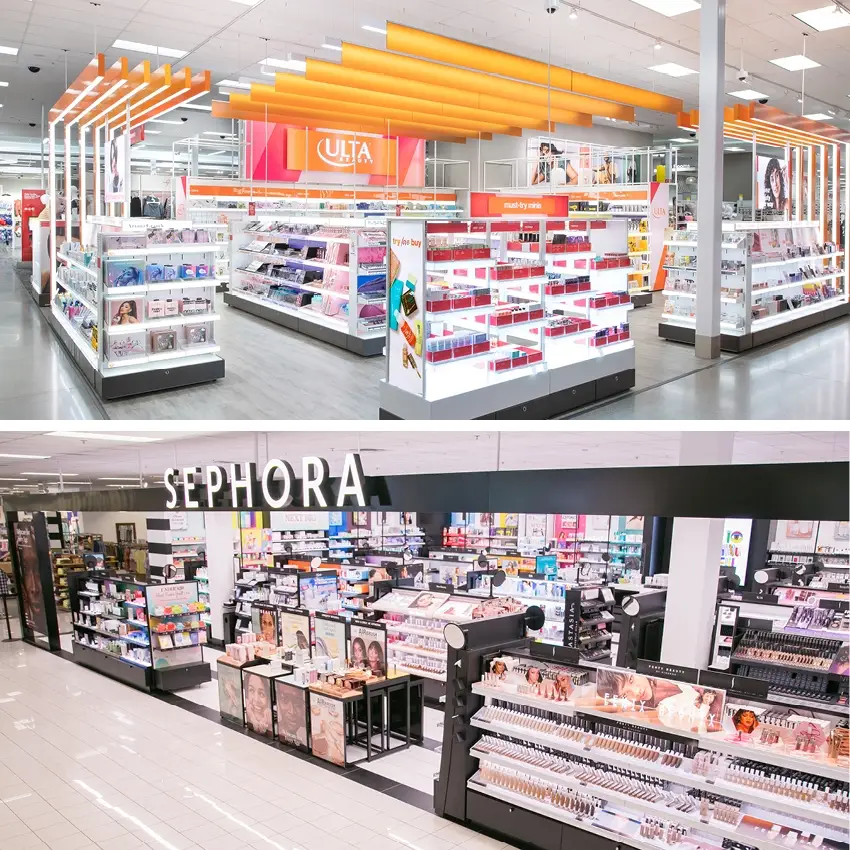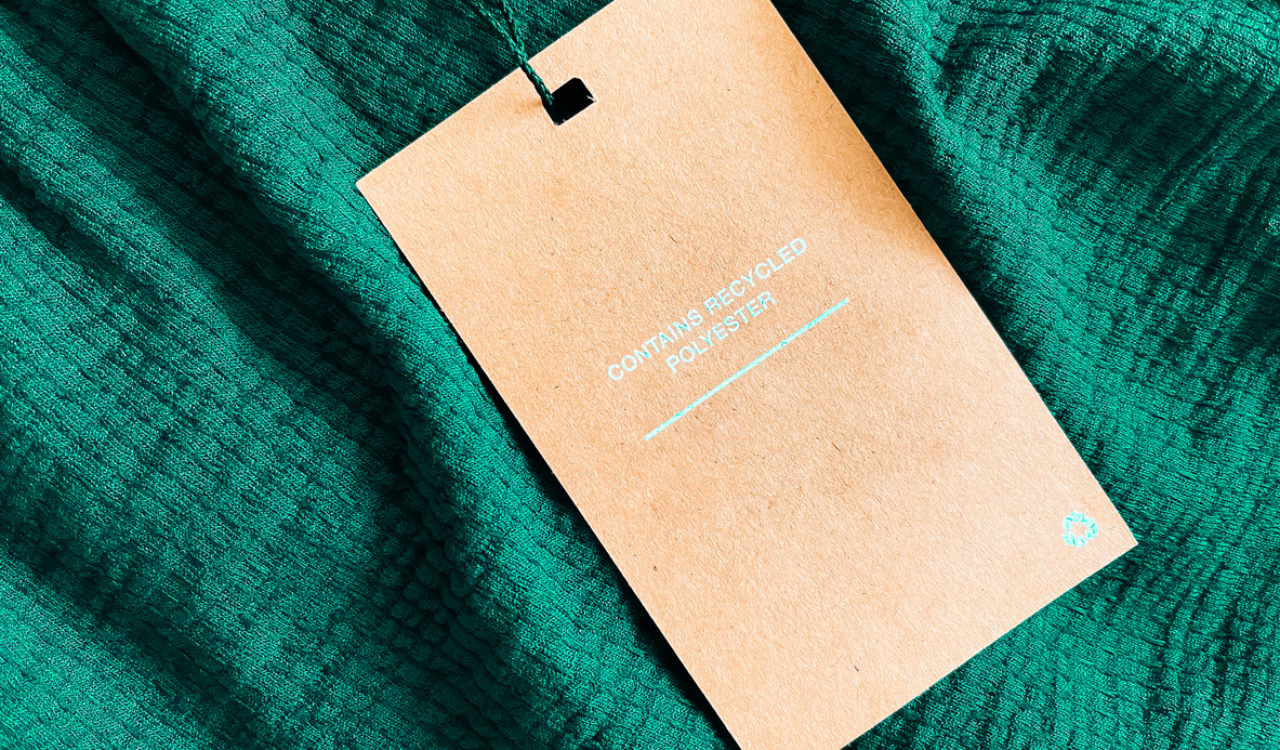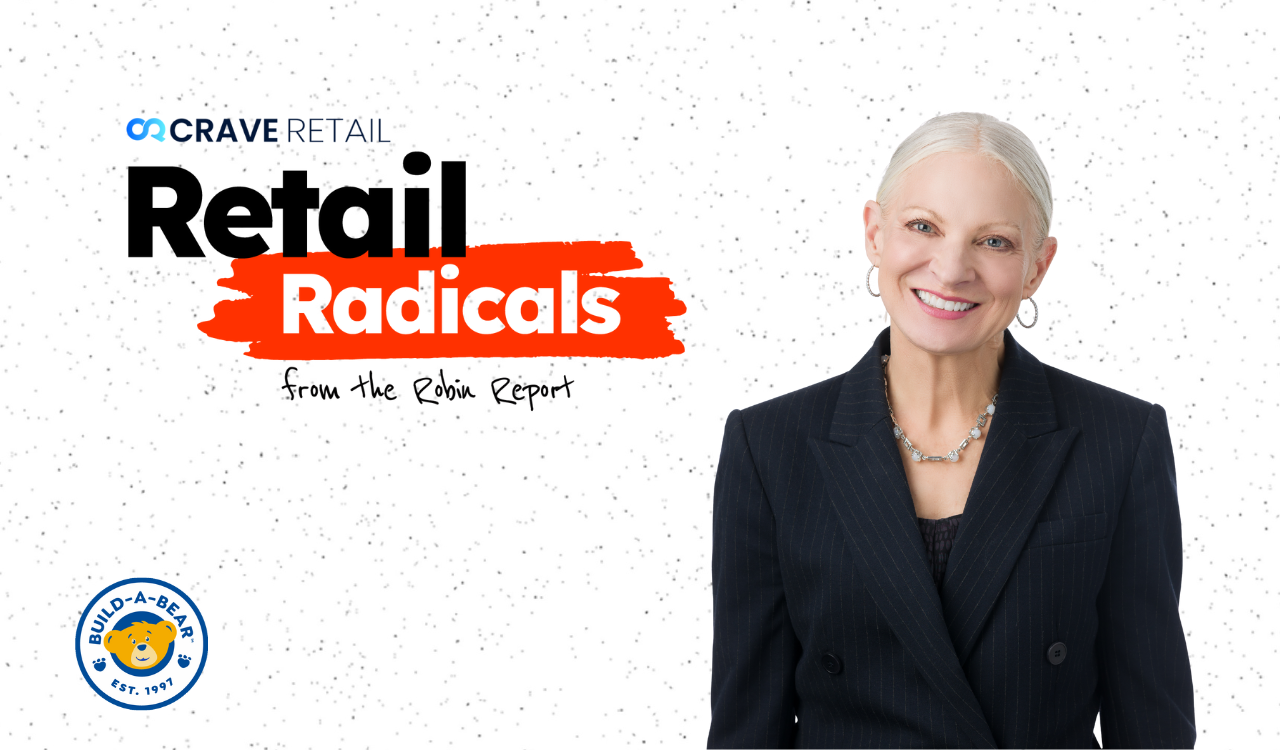America’s beauty queens, Ulta and Sephora, have been going head-to-head in the U.S. market since Ulta launched in 1990, and Sephora opened its first store in SoHo in 1998, and online in 1999. Today the LVMH owned Sephora boasts 2,700 stores worldwide and expects to reach over 712 stores in the U.S. this year with its recent alliance with Kohl’s to create 200 shop-in-shop locations within its stores. By comparison, Ulta has 1,301 U.S. stores. Plans call for 1,500 to 1,700, new stores, including the opening of a projected one hundred shop-in-shops in Target stores.
The industry has been abuzz with the dual openings of these two dominant brand shop-in-shops this past summer. On first appearance, they seem to come out of the same playbook, however they represent quite different strategies for their hosts Target and Kohls. Let’s take a closer look.
By the Numbers
Overall, the two beauty brands are powerhouses in themselves, both online and off. Their 2020 ecommerce businesses were near dollar-for-dollar matches, with Sephora.com generating $1.77B and Ulta.com doing $1.76B. Bathandbodyworks.com beat them both with $1.92B in sales.
Make no mistake: Both Kohl’s and Target customers are winners as are Sephora and Ulta. However, Kohl’s must hope for a home run, where Target needs nothing more than a base hit.
The details around total revenues for the two are less clear. While Ulta’s gross sales for fiscal 2021 are $6.152B, LVMH does not break out sales for Sephora in its reporting. It combines its three “Selective Retailing” companies (Sephora, DFS and Le Bon Marche) in one bucket. But LVMH’s 2020 annual report shows total LVMH U.S sales amounting to $12.39B, of which 34 percent (and 866 stores) fall into the Selective Retailing category, thus totaling $4.18B. So, while the two brands run tandem in ecommerce, Ulta has a leg up on U.S. brick-and-mortar sales.
The “host” retailers, Target, and Kohl’s, on the other hand, are anything but comparable. And this begins to shade the difference between the strategies of the two host players in bringing the big beauty brands into their multi-brand boxes.
Target is and has been the unabashed leader in style-driven discount retailing, like for forever. As I reported on Forbes.com in March, their total 2020 sales of $93.58B represented a $15B annual revenue increase and a market share capture of an additional $9B. By comparison Kohl’s 2020 sales totaled $15.95B which represented a 20.4 percent loss over 2019 $19.9B total revenue.
Size and Productivity
It is important to note that there is little apples-to-apples comparison in each discounter’s scale, market share and footprints. Target’s 1,915 U.S. stores average 130,000 square-feet compared to Kohl’s 1,162 stores, each averaging 80,000 square-feet. That said, if you are among Neanderthals (like me) that still consider dollar-per-square-foot a thing, according to 2020 metrics Target is generating $499.00 p/s/f against Kohl’s $183.00 p/s/f.
The final factor before diving into a qualitative analysis of the two store-in-store concepts revolves around the relative potential impact of these two initiatives. The Sephora at Kohl’s branded shops will average 2,500 square-feet or 3.13 percent of the total store footprint. Meanwhile, Target’s Ulta branded shops on average will run 1,000 square-feet or 0.77 percent of the total store footprint. In short, Sephora is expected to do much more for Kohl’s than “Team Target” expects with Ulta’s presence.
Customer Experience and Presentation
Suffice it to say as far as the two stores presentations go, Kohl’s Sephora shines amidst a sea of 70’s sameness. Ultra-cool Ulta fits into the “Targetscape” like a fashionable glove.
It’s worth noting that Sephora’s shop-in-shop history began in 2006 with J.C. Penney, and the relationship came to loggerheads in 2020, just prior to JCP’s bankruptcy filing. A lawsuit brought on by J.C. Penney led to a settlement where an “amicable divorce” of the two entities would lead to Sephora exiting all JCP stores by 2023. By that time Sephora plans to be in 850 Kohl’s stores. Meanwhile Target’s long-term plans are to ultimately roll out 800 Ulta in-store shops.
-
Sephora at Kohl’s
In the Twin Cities of Minneapolis-St. Paul, Sephora is taking two different approaches with their shop-in-shops. The first stores to launch have their own dedicated Sephora branded entrances. The most recent third store, in suburban Burnsville, opened on October 1st, with a free-standing Sephora within the Kohl’s store, sans dedicated entry. From a signage standpoint a diminutive +SEPHORA has been added to the Kohl’s exterior, so customers know of its arrival.
The stores themselves carry Sephora’s contemporary black and white look which has become omnipresent in A-class malls and upscale neighborhoods. The designers did an excellent job of creating a floating faux storefront within the Kohl’s envelope to clearly “disintegrate” the Sephora brand from the lackluster Kohl’s design vocabulary.
Everything from flooring to lighting replicates Sephora’s distinctive look. Color-correct LED light bars provide proper light-levels and color rendering for make-up.
The store’s layout, fixturing, and signage does a respectable job of managing the 100 beloved brands that are represented throughout the 2,500 square-foot product presentation. And while the footprint is half the size of their typical 5,500 square-foot mall or street store, it’s on par with the smaller Sephora Studio concepts that launched in 2017. An unfortunate upshot of Sephora’s presence is that it highlights the rest of the poorly lit and uninspired Kohl’s store design.
-
Ulta at Target
As I stated previously, Kohl’s needs Sephora much worse than Target needs Ulta. In fact, where Sephora has become the makeup and beauty department for Kohl’s, Ulta merely augments Target’s significant and established makeup and beauty offerings. The approximately 1,000 square-feet Ulta shop-in-shops (about 1,280 square-feet at the Knollwood Target in St. Louis Park, MN) adds to the existing 1,500 square-feet beauty category offering.
It appears to me that Target had more than passing input into the design of the Ulta shop, as it bears no resemblance to the larger yet clean Ulta design found in their other stores. It also has all the earmarks of Target’s extraordinary in-house design capabilities. The concept is fresh, engaging and begs attention, while feeling totally “Target-like.”
The addition of overhead LED lightbars add to the already great Target lighting. The iconic, inverted “orange L-shaped lightbars” have subtle color hue variation, suggestive of makeup. The overall primary display system is Target’s own white metal grid system as are the display gondolas, but the product display treatments were elevated to another level.
Unlike Sephora, which does little to unify the various makeup brand’s presentations, Target has managed to create a more cohesive and impactful look, utilizing brilliant LED-illuminated signage. At the same time, they successfully manage to feature each makeup brand’s identity and “look” at the point-of-sale. This is a difficult needle to thread.
Given the compact size, the Ulta shop limits the product presentation to about 40 brands, compared to over 600 in the company’s stores and online. However, the Uta-trained Target salesperson told me that that they have some lines that are unique to Target and cannot be found in the mammoth 8,000 square-feet Ulta store less than a mile away.
Promising Launches
A September 2021 study by Placer.ai reveals that the initial Sephora at Kohl’s openings are lifting traffic. Placer.ai noted that “For the weeks beginning August 16, 23 and 30, the four Sephora at Kohl’s locations averaged a 28.3 percent, 39.6 percent, and 12.5 percent increase in visits, respectively, when compared to the July 5 baseline. Comparatively, visits to legacy Kohl’s increased only 22.6 percent and 7.2 percent between August 16 to 22 and August 23 to 29, respectively, and decreased by -3.5 percent the week of August 30th when compared to the same baseline of the week of July 5th.” Suffice it to say Ulta is working. And in talking to the store’s sales associates, most of the visitors at the Burnsville Kohl’s were cross shopping the entire store.
In Conclusion
Just over year ago, as the Kohl’s/Sephora partnership was announced, The Robin Report’s beauty journalist Dana Wood summarized the move by saying “few would argue that Kohl’s is a better ideology/ethos fit for Sephora than J.C. Penney. The product assortment is considerably hipper, and there’s no comparison between the two retailers’ marketing efforts. Kohl’s is out there, while J.C. Penney is nowhere.” And in referencing the Target/Ulta beauty initiative she recently suggested “there exists no weak link in the Target beauty chain” and “no question that the Target customer is already much more \”beauty literate\” than the Kohl\’s customer.” I’d have to agree with both assessments.
Make no mistake: Both Kohl’s and Target customers are winners as are Sephora and Ulta. However, Kohl’s must hope for a homerun, where Target needs nothing more than a base hit. The irony that Sephora left J.C. Penney to partner with Kohl’s is not lost here, as Kohl’s may look to JCP’s unraveling as they bid for increased market share. However, I do not believe they can expect to draw away from Target’s loyal customer base to make up sales.




